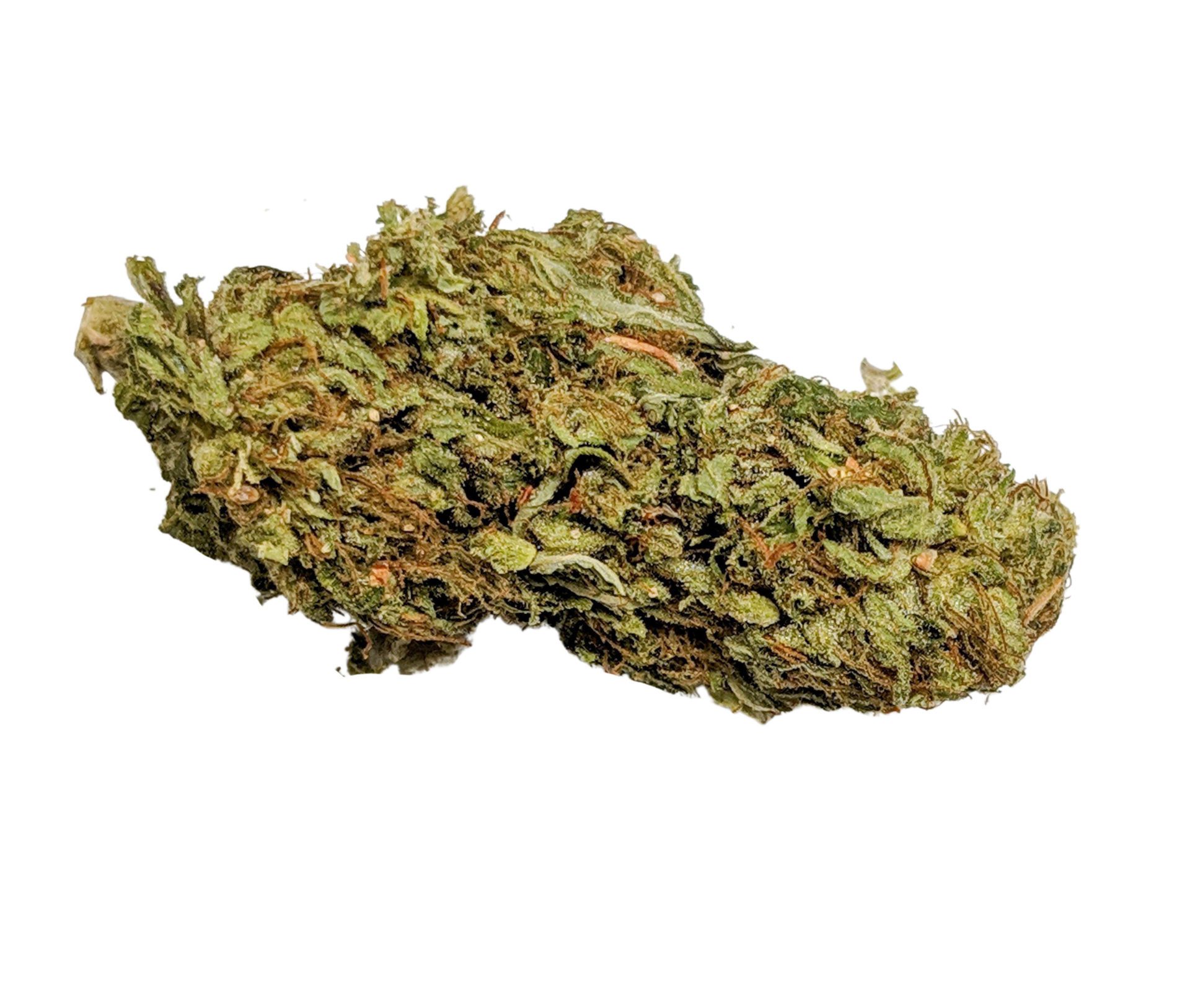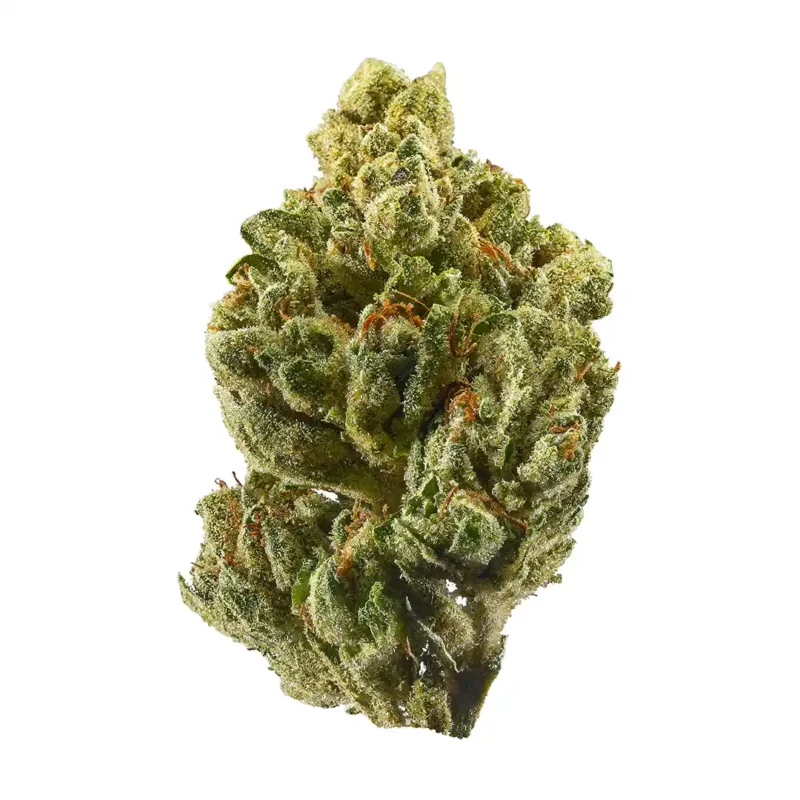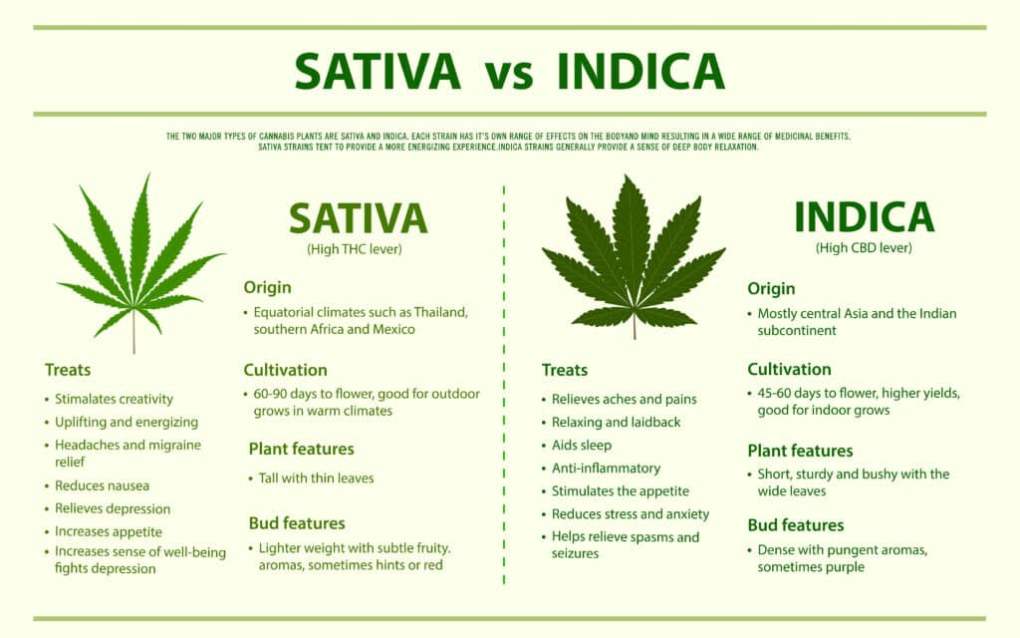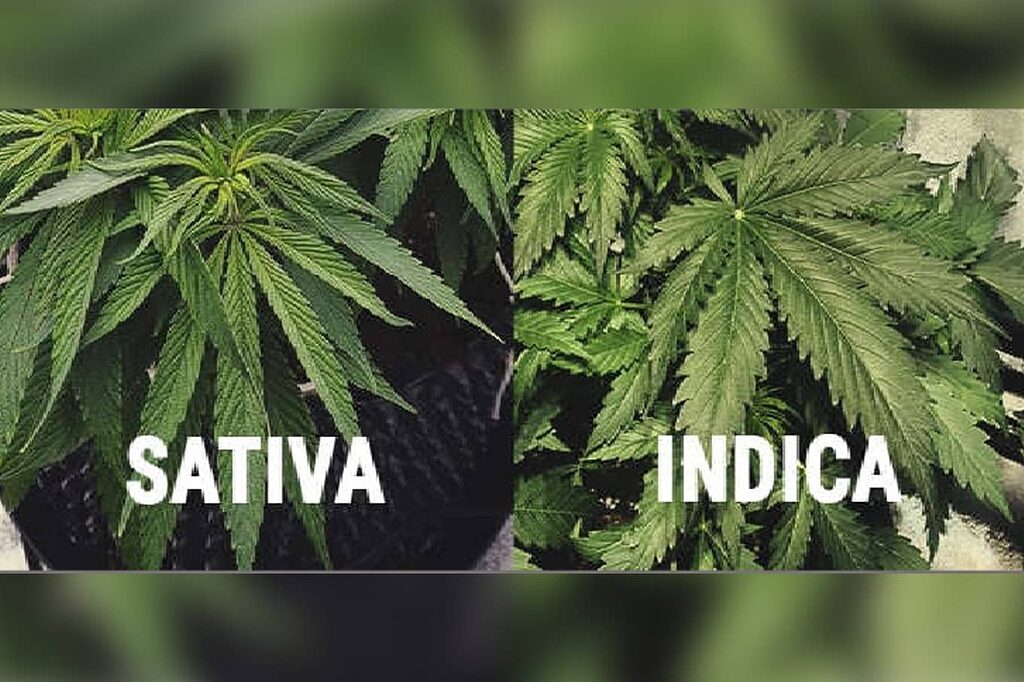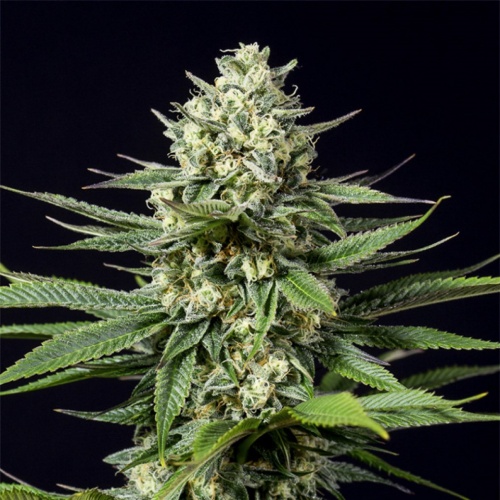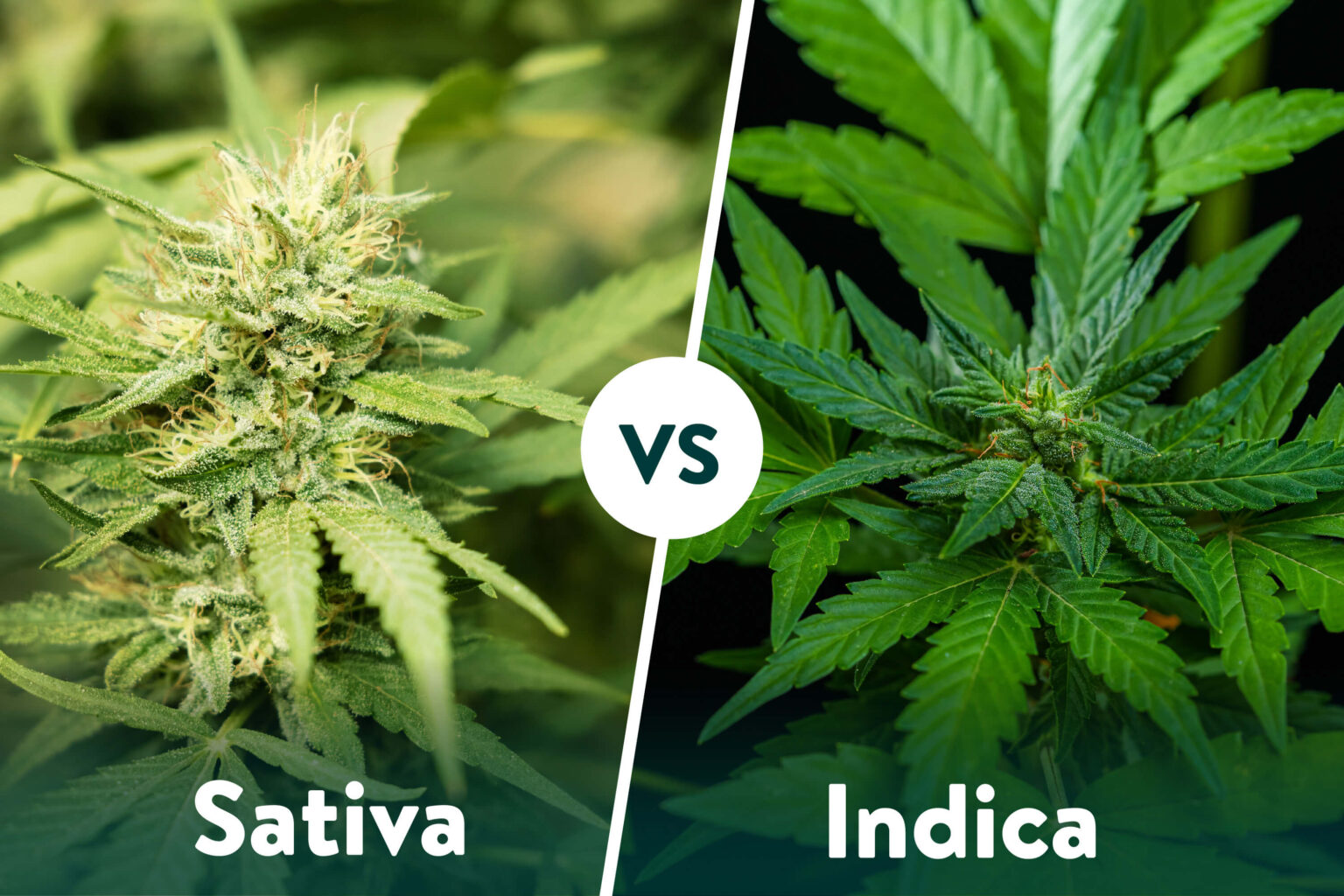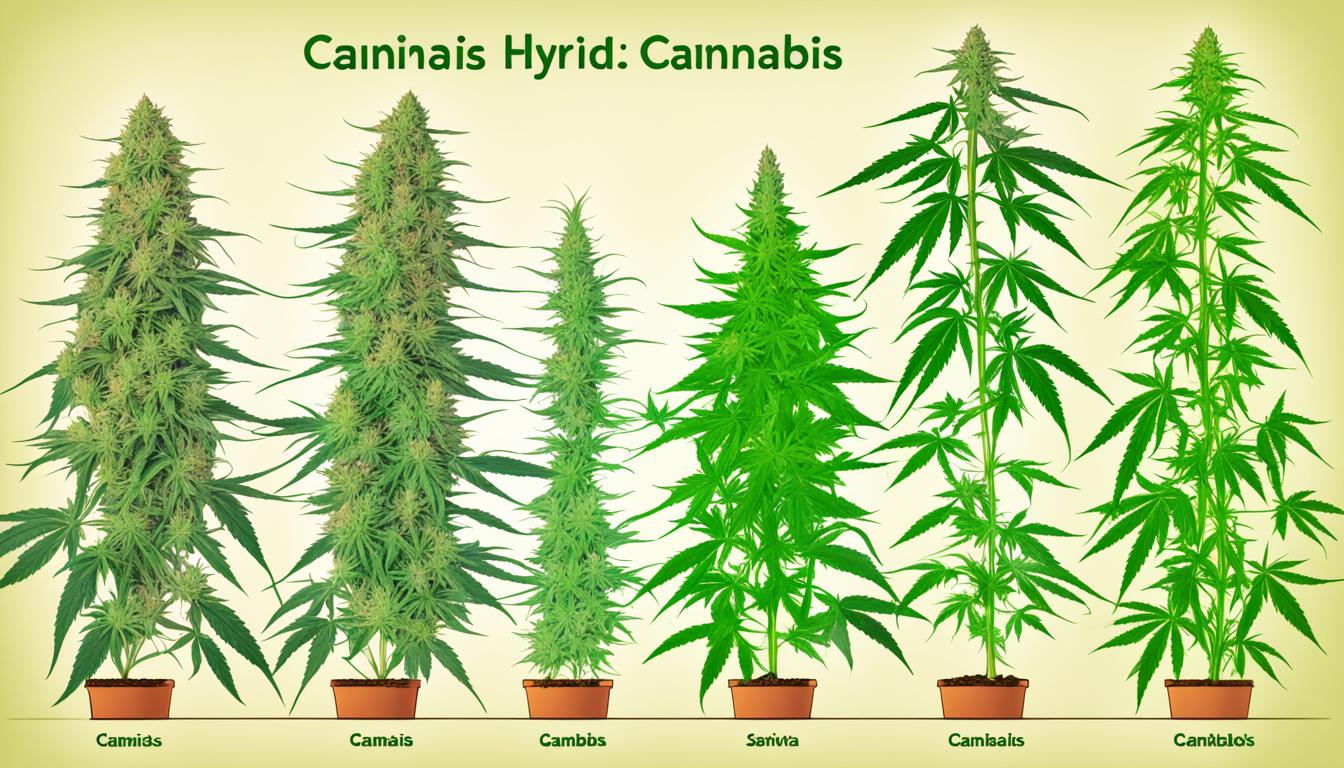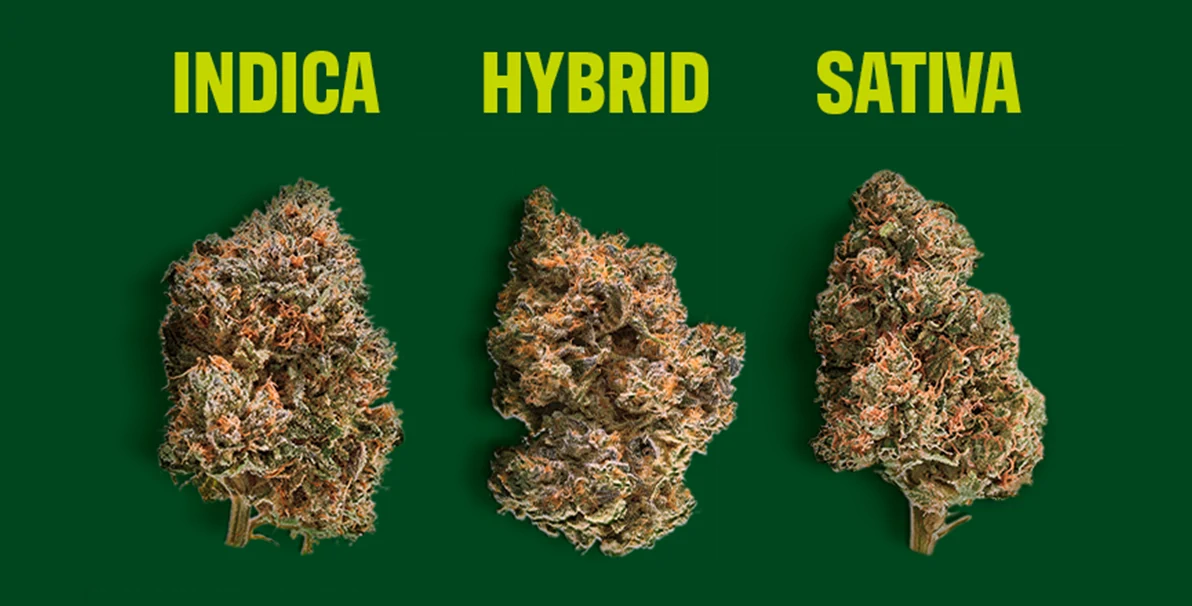Is Og Kush A Sativa Or Indica

The legendary OG Kush, a cornerstone of cannabis culture, has long sparked debate among enthusiasts: Is it a sativa or an indica? This seemingly simple question unlocks a complex history and illustrates the challenges of classifying cannabis in the modern era.
This article delves into the origins and characteristics of OG Kush, examining the genetic lineage, reported effects, and botanical traits that contribute to the ongoing debate. We will explore expert opinions and scientific evidence to shed light on this enduring question and clarify the nuances of cannabis classification.
The Origins of a Legend
The precise origins of OG Kush are shrouded in mystery, adding to its mystique. The most widely accepted story traces its roots back to Florida in the early 1990s.
According to anecdotal accounts, a strain known as "Chemdawg" was crossed with a supposed landrace strain, resulting in the birth of OG Kush. The "OG" is often attributed to "Original Gangster," signifying its authenticity and quality, but other theories suggest it stands for "Ocean Grown," referencing its California origins.
Indica vs. Sativa: A Blurred Line
Traditionally, cannabis has been categorized into two primary subspecies: Indica and Sativa. Indica strains are often associated with relaxing, sedative effects, while Sativa strains are typically linked to energizing, uplifting experiences.
However, modern cannabis strains are frequently hybrids, making it difficult to definitively classify them as purely Indica or Sativa.
The simplistic Indica/Sativa dichotomy often fails to accurately predict the effects of a particular strain, as the chemical composition, specifically the cannabinoid and terpene profiles, plays a more significant role.
Analyzing OG Kush: A Hybrid Profile
OG Kush is generally considered a hybrid strain, exhibiting traits from both Indica and Sativa varieties. Its reported effects often include a combination of cerebral stimulation and physical relaxation.
Users typically describe experiencing an initial sense of euphoria and mental clarity, followed by a calming body buzz. This balanced effect is a hallmark of many hybrid strains.
Botanically, OG Kush tends to exhibit characteristics leaning towards Indica dominance. The plant typically displays dense, compact buds and a relatively short, bushy stature.
The Role of Cannabinoids and Terpenes
The effects of OG Kush are largely determined by its unique blend of cannabinoids and terpenes. Cannabinoids, such as THC (tetrahydrocannabinol) and CBD (cannabidiol), are the primary psychoactive compounds in cannabis.
Terpenes are aromatic compounds that contribute to the plant's distinctive smell and flavor, and they also influence the overall effects of the strain.
OG Kush typically contains high levels of THC, contributing to its potent psychoactive effects. Common terpenes found in OG Kush include myrcene, limonene, and caryophyllene, which contribute to its earthy, citrusy, and spicy aroma.
Expert Perspectives
Cannabis experts and cultivators generally agree that OG Kush is a hybrid with Indica-leaning characteristics. However, the specific effects can vary depending on the phenotype (the observable characteristics resulting from the interaction of its genotype with the environment) and growing conditions.
"OG Kush is a classic example of a hybrid strain that showcases the complexity of cannabis genetics," says Dr. Jane Doe, a cannabis researcher at the University of California, Berkeley. "While it may exhibit some Indica-like traits, its effects are not solely attributable to one subspecies."
The lack of standardized testing and labeling practices in the cannabis industry can further complicate the classification process. Consumers often rely on anecdotal evidence and strain descriptions provided by dispensaries, which may not always be accurate.
The Significance of Accurate Classification
Understanding the classification of cannabis strains, even with its inherent challenges, is crucial for both consumers and the industry. Accurate labeling allows consumers to make informed choices based on their desired effects and personal preferences.
For the cannabis industry, consistent classification is essential for quality control, product development, and regulatory compliance. As cannabis research continues to advance, a more sophisticated classification system based on chemical profiles and genetic markers is likely to emerge.
Ultimately, whether OG Kush is definitively a Sativa or Indica is less important than understanding its unique chemical composition and the effects it produces. The ongoing debate highlights the evolving understanding of cannabis and the limitations of traditional classification methods.
